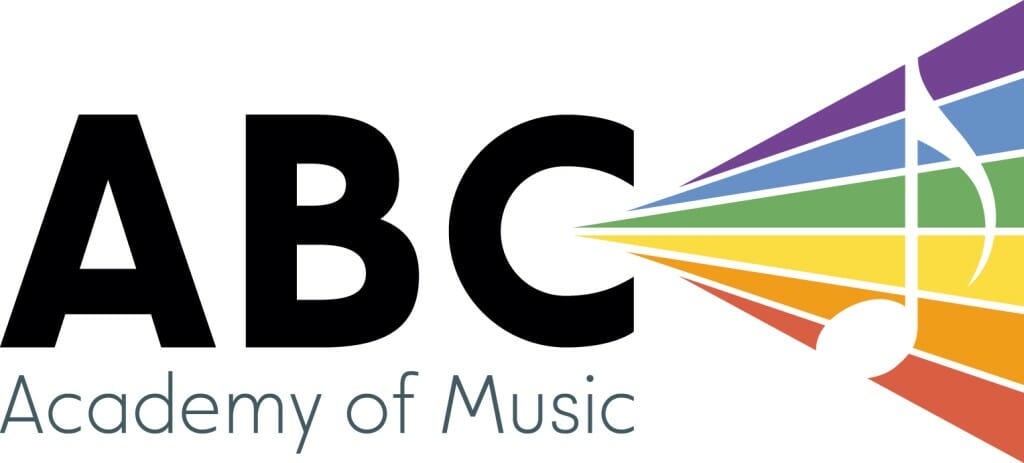Hi everyone,
Now that we have transitioned to ZOOM video lessons, I am no longer able to write down notes and musical material in the students’ books/binders. Instead, I have created PDF documents for each of you and dropped them into a Google Drive folder. The link to your documents is listed in the What to practice heading under your name below. You should be able to access the documents simply by clicking on the link. Here are your practice assignments for this week:
Koel
Recommended minutes to practice: 10-15 minutes per day
What to practice: Continue to practice the disco beats from the page that Pino gave you as well as the first one of the open hi-hat beats: https://drive.google.com/drive/folders/1SCS8WVjfR1OZVlYmt8a1r2LTxo2NJOpN?usp=sharing
How to practice it most effectively: Practice playing the disco beats with both hands alternating on the hi-hat as well as with just your right hand playing on the hi-hat and the left hand playing the snare. When using both hands, you can push the tempo much faster, but it’s a good idea to also practice them with one hand on the hi-hat as this technique is often used in songs at a slower speed. Also, take a look at the page with the open hi-hat beats and practice playing the first one.
Elliot
Recommended minutes to practice: 10-15 minutes per day
What to practice: Practice beats #13-16 on the Lesson 3 sheet as well as the first beat from “Better Man” by Pearl Jam: https://drive.google.com/open?id=10YGpSqgr9Z2SExyhXz7k1evG3C0t2VEc
How to practice it most effectively: Practice the beats from Lesson 3 the same way that we worked on them in your lesson. First, count out loud the rhythm of the bass drum and snare drum several times in a row to make sure you know how the rhythm goes. Next, play the bass and snare rhythm while continuing to count the rhythm in your head. Then, once that feels comfortable and you are confident that you know how the rhythm is supposed to sound, add in the eighth notes on the hi-hat.
Sylvie
Recommended minutes to practice: 20-30 minutes per day
What to practice: Practice the open hi-hat beat from the new sheet as well as the fills that we worked on from the song “Get Used To It.” https://drive.google.com/drive/folders/1MdzpAH-WlxUE2Be0mmnMOUHri-R2utTX?usp=sharing
How to practice it most effectively: With the open hi-hat beats, first identify what the bass and snare rhythm is and practice playing it without opening the hi-hat. Once you feel comfortable with the beat, then figure out where the open hi-hat note(s) is(are). Pay attention to what else is happening at the same time as each open hi-hat note. Sometimes your feet will move in sync with one another (up and down together) and other times they will move in opposite directions (one moving up while the other moves down). Practice all of these beats slowly.
Jonathan
Recommended minutes to practice: 20-30 minutes per day
What to practice: Practice playing beats that incorporate ghost notes as we did in your lesson this week. https://drive.google.com/drive/folders/1GxopIaGPN0UhwG3zk4gQWTnEaDDL7TWP?usp=sharing
How to practice it most effectively: Ghost notes help to give a beat a particular “flavour” by filling in parts of the rhythm with very soft notes on the snare drum that contrast the main notes in the rhythm that are played either with an accent on the snare or on the bass drum. Practice playing ghost notes in different places within a beat to see how it affects the overall sound. Playing them immediately before or after a bass drum note can be particularly effective.
Will
Recommended minutes to practice: 15-20 minutes per day
What to practice: All of the fills from “Chameleon” by Herbie Hancock, and the new page of open hi-hat beats. https://drive.google.com/open?id=17pjkCZ1jfMdjwRqFBMaPIG_hKMb3gQGz
How to practice it most effectively: With the open hi-hat beats, first identify what the bass and snare rhythm is and practice playing it without opening the hi-hat. Once you feel comfortable with the beat, then figure out where the open hi-hat note(s) is(are). Pay attention to what else is happening at the same time as each open hi-hat note. Sometimes your feet will move in sync with one another (up and down together) and other times they will move in opposite directions (one moving up while the other moves down). Practice all of these beats slowly.
Jonah
Recommended minutes to practice: 10-15 minutes per day
What to practice: Practice #7-12 from the Lesson 4 page as well as the warm-up exercise that I wrote down for you. https://drive.google.com/drive/folders/1xgENtr7–sAhgC9zceezlfeYJwA6JWlY?usp=sharing
How to practice it most effectively: Practice the drum beats from Lesson 4 the same way that we did in your lesson. First, identify which bass drum notes are played at the same time as the hi-hat notes, and which ones are played in between the hi-hat notes. Next, try playing the beat slowly and pay close attention to each note that you play to make sure it is in the right place. Then, once the beat starts to feel comfortable, try playing it a little bit faster.
Samson
Recommended minutes to practice: 10-15 minutes per day
What to practice: Practice the disco beats from the beginning of the page that we worked on in your lesson as well as the first of the open hi-hat beats: https://drive.google.com/drive/folders/1x_PwofJ3uGhPIMOcJLsgEwb51g3kTCeu?usp=sharing
How to practice it most effectively: With the disco beats, be sure that you are always alternating your hands (Right Left Right Left). With each of the bass drum notes, identify which hand plays together with your foot. Play the beats slowly and count the rhythm in your head (or out loud if that is more helpful). Once you feel like you can play the beat confidently at a slow speed, then try playing it a bit faster.
